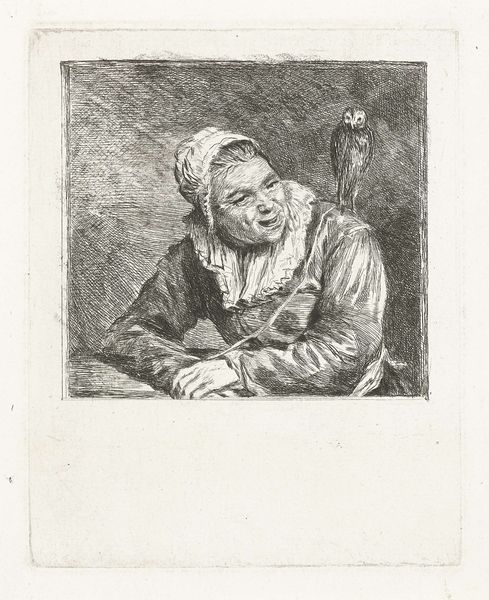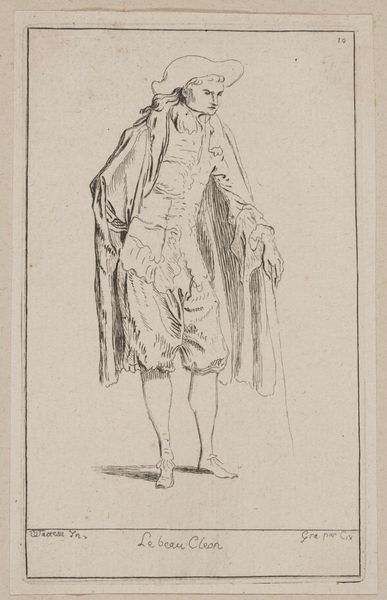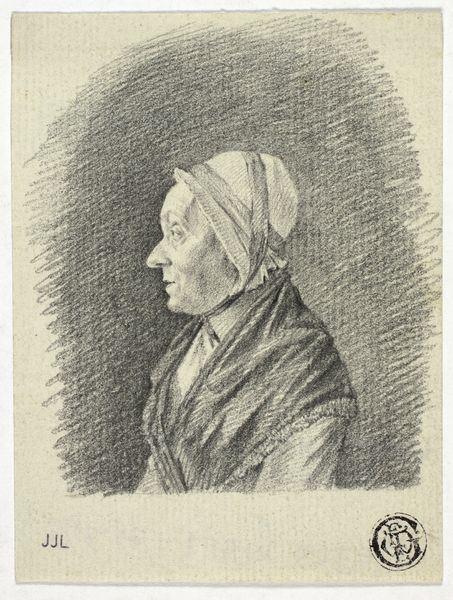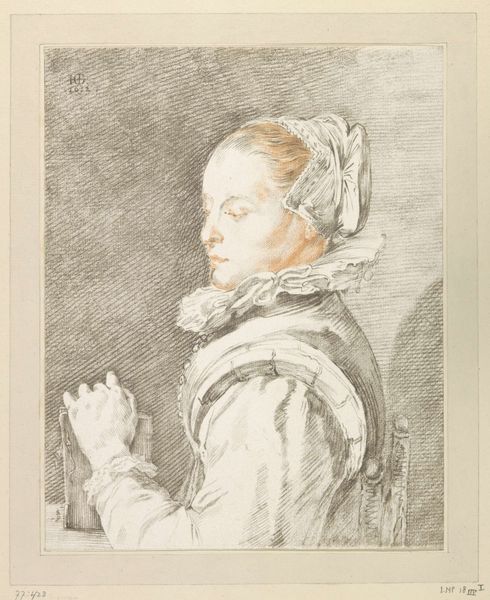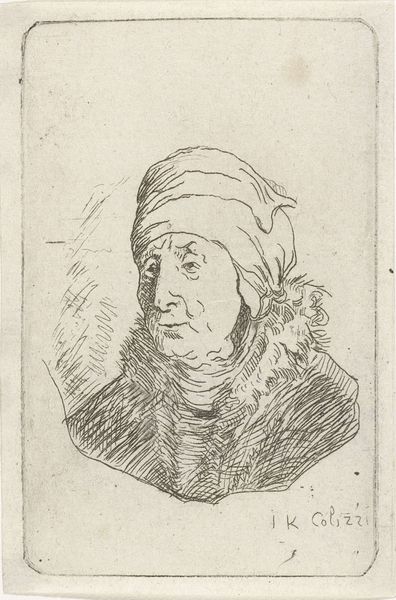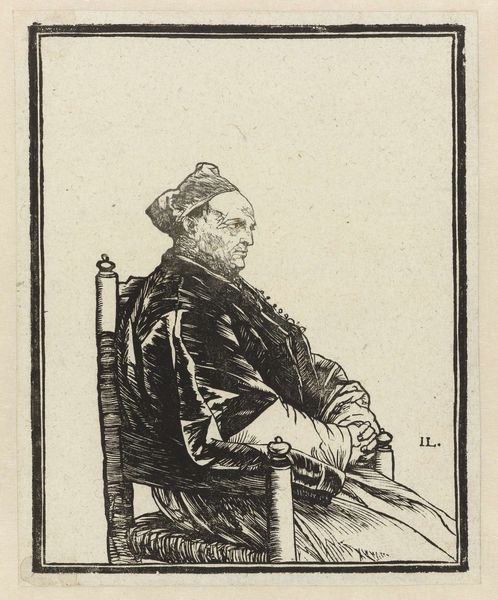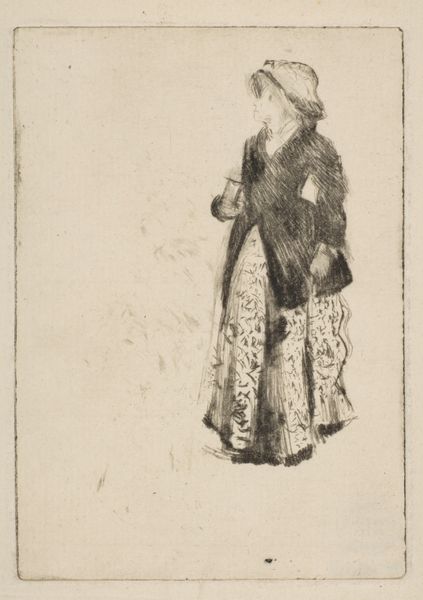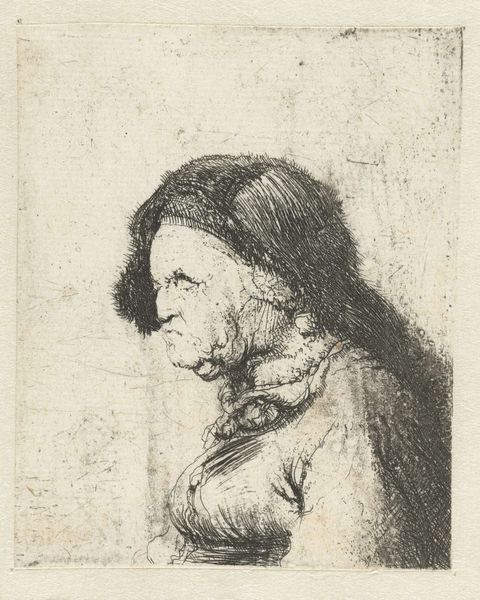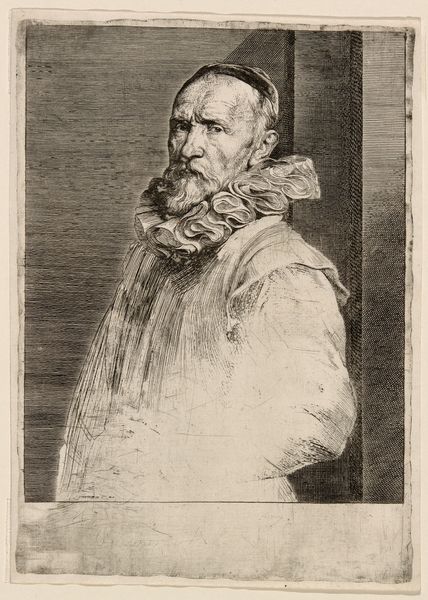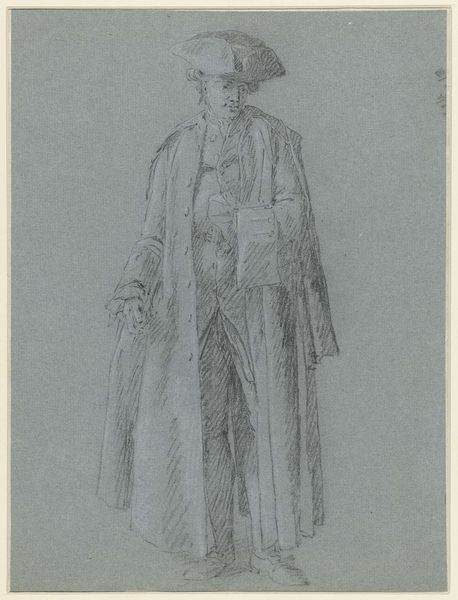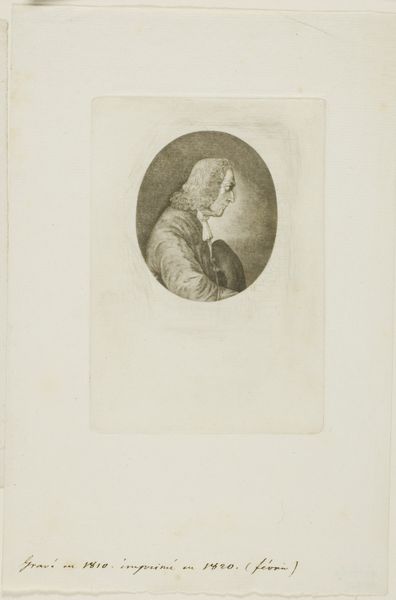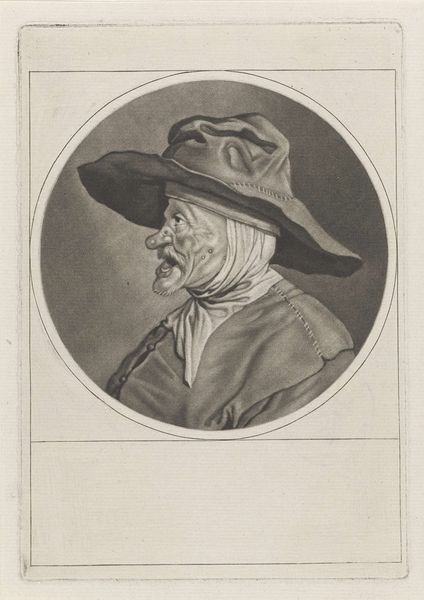
drawing, graphite
#
portrait
#
drawing
#
neoclacissism
#
pencil drawing
#
graphite
#
realism
Dimensions: height 260 mm, width 209 mm
Copyright: Rijks Museum: Open Domain
Editor: Here we have Johannes Körnlein’s "Portrait of a Young Woman" from 1770, created with pencil and graphite. I find it incredibly delicate. The young woman seems almost ethereal. How do you interpret this work, especially within its historical context? Curator: I see this drawing as more than just a pretty picture. Consider the era—1770 was a time of burgeoning social and political change, even as Neoclassicism harked back to supposed simpler times. Who was this woman? And why was she depicted this way? Was this a personal piece, or an aspirational image related to social identity and emerging bourgeois ideals? How does her presentation play into expectations of femininity during the late 18th century? Editor: That’s a really interesting angle. I hadn't considered the social implications so directly. I was more focused on the artistic technique itself, and how the pencil strokes create such a soft texture. Curator: The technique is indeed masterful, but technique always serves a purpose, whether consciously or unconsciously. For me, examining art always needs to consider the social and political positionality of both the subject and the artist, how they navigated their world and each other's expectations, or chose to challenge them. Editor: I never thought about drawings needing that lens too, like paintings might, but it makes so much sense! So even a seemingly simple portrait could offer insights into social dynamics. Curator: Exactly! Art is never created in a vacuum. This seemingly simple "Portrait of a Young Woman" prompts questions about gender roles, social status, and the very act of representation during a period of significant upheaval. Editor: Wow, I will definitely look at these historical pieces differently now! Curator: Excellent. I hope this approach gives you, and our listeners, an approach that highlights artwork that isn’t immediately apparent or obvious at first glance.
Comments
No comments
Be the first to comment and join the conversation on the ultimate creative platform.
